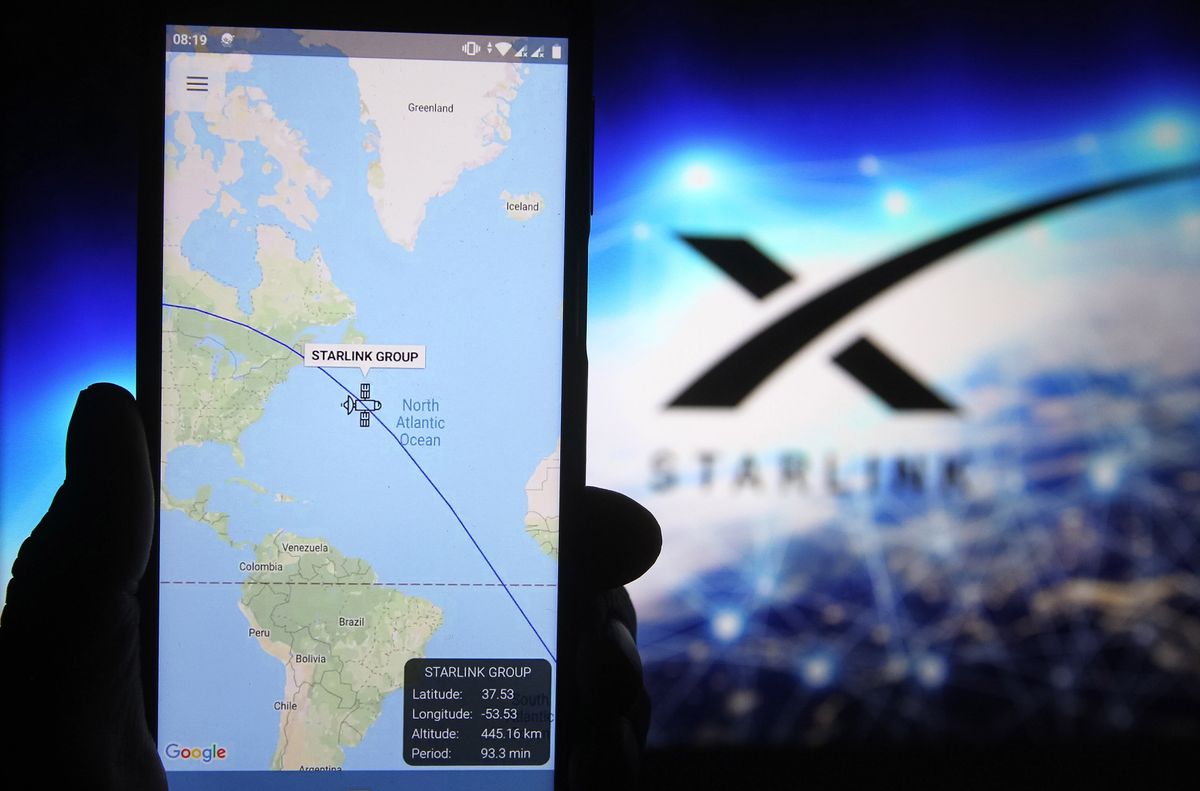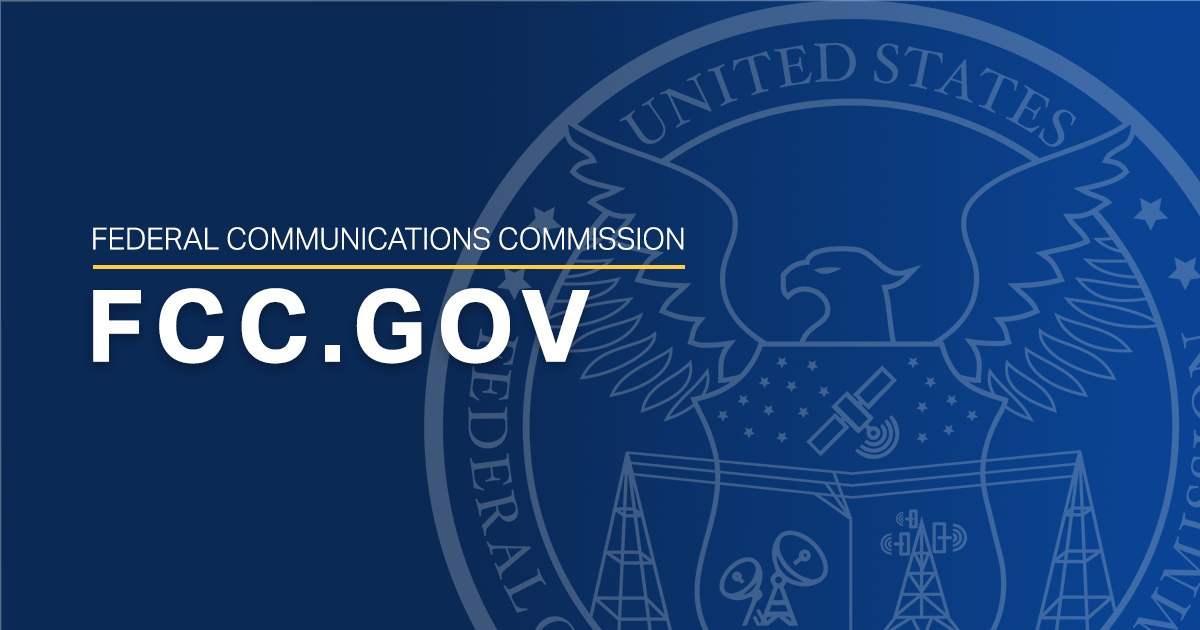How is a high power transmitter at your frequency in your beam (or side lobes) not an actual issue?
Of course its an issue...You're over indexing on the trees here; my whole point was forest-level.

To go analogy on this one, SpaceX is complaining that Dish is making it impossible for their subscribers to wear their sunglasses, and that's [generally] true. Its also true that most SX subscribers live in the dark (in the analogy context) and thus the sunglasses argument is largely irrelevant.
I think your asserting such is suspect.
I think your interpretation of my point is missing rigor.
To be clear, I have no love for Dish or Charlie, and specifically in this space. His MO is buying up spectrum and using it as an asset to be leveraged...historically, I might add, to various dubious degrees. So its not like SX's frustration with Charlie is unwarranted here, and its right to call it out.
And on the flip side, SX's response is exactly the right thing to do for SX--they're trying to protect their potential subscriber base, and rooting that business case protection on a legitimate technical concern will be much more productive than just "Charlie is being mean to us", which is often the logic used when other entities complain about SX.
But...let's not pretend this is anything other than SX looking out for #1.
Starlink has a user per area limit, but for that number of users in that area it may be better than the alternative.
From an either/or perspective, 'The greater good' is always going to be better served by expanding terrestrial connectivity when that's a viable option, especially when that terrestrial solution is mobile. For sure in this case some prospective starlink subscribers would get screwed in the deal but that's not evidence of terrestrial>satellite being broken logic.
From a technical perspective its also worth noting we're talking about high frequency stuff here, and that suffers more from things like occlusions and range than the frequencies we typically use. That actually ends up as a win-win, complementary service set from a user perspective--A user is either getting a strong 5G link (that will nuke a starlink signal that the user wouldn't need anyway) or they're not going to get a strong 5G signal (in which case their starlink UT will be fine).
The big downside, to drive the point home, is that necessarily results fewer starlink subscribers. So again, the real issue SX hs is not a technical one, it is a business one.
Signal vs noise. Sure, you may be able to work around it, but something is going to suffer (like data rate).
Sure. And on the edges of coverage where preferred services might overlap, the SX engineers can surely come up with some good technical solutions to minimize the suffering to the point where there's no practical downside.

 spacenews.com
spacenews.com

 spacenews.com
spacenews.com





